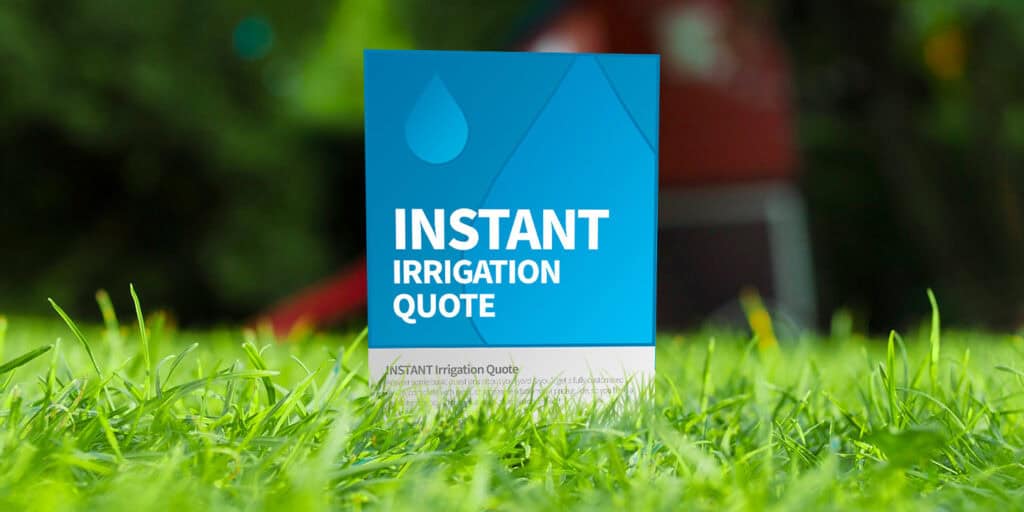The Benefits of Lawns
Next time you are “watching the grass grow” consider the valuable contribution made by lawns and recreational turf. Lawns can also play an important role in water conservation provided the public are properly informed.
The many benefits of lawn
Lawns at homes, parks and sports areas improve our physical and mental health because:
-
Lawns are a low cost “injury prevention” surface for games and sports.
-
Lawns filter out dust and air pollutants thereby reducing respiratory diseases.
-
Lawns help us to relax, are aesthetically pleasing and reduce glare and traffic noise.
-
‘Backyard’ lawns provide a relatively safe area for children to play a focus for social outdoor activities and a ‘run’ for pets.
-
Lawns are a low cost surface and help in glare reduction.
Lawns and turfgrass protect the environment because:
-
They reduce global warming. They are a continuing source of oxygen and cool air preventing the development of “heat islands”.
-
By reducing peak stormwater run-off, lawns reduce flooding erosion and capital works costs.
-
They allow rainfall to replenish groundwater for trees and shrubs and complement them in the landscape.
-
Lawns are effective in soil erosion control.
Lawns and turfgrass protect the environment because:
-
The likelihood of homes being destroyed in wildfires is reduced by lawns.
-
Lawn roots (except Kikuyu) do not damage the pavement or block drains.
-
Open lawn areas provide a feeling of security.
-
They afford visibility (of cars bicycles and pedestrians) reducing accidents.
-
Lawns complement trees and shrubs in the landscape.
-
Lawns help beautify the landscape and provide a sense of community pride.
Perceived disadvantages of lawns
Water Use
There is a public perception that lawns need lots of water. They don’t. Most lawns substantially recover in autumn even after dry summers. With the right preparation grass varieties and landscape design lawns can be the most economical water users in gardens.
As Dr James Beard, among the world’s leading turf researchers and authorities says, “It is man’s decisions and methods… that create a high water use in turfgrass, not the plant itself.”
Chemicals
In the past some bad chemicals (eg. mercury compounds and organophosphates) were extensively used. Now turfgrass professionals use safer products and with care, most homeowners use very little if any toxic products on lawns.
Mower Noise
Using less fertiliser and water and increasing cutting height will improve lawns and result in less mowing. Much quieter mowers are now available as well as old-style hand mowers for small areas. By planting better drought tolerant grass varieties, mowing will be reduced.








